When we get a minor injury, reaching for a bandage is almost instinctive. These small medical aids are staples in homes, schools, and offices worldwide. But what if these simple solutions to life’s little accidents were hiding a potentially harmful secret?
Recent investigations by environmental watchdogs Mamavation and EHN.org have uncovered that many bandages contain PFAS, chemicals that pose serious health risks. The study tested 40 different bandages from 18 brands, finding alarming levels of organic fluorine, an indicator of PFAS, in over half of them.
What Exactly Are PFAS?
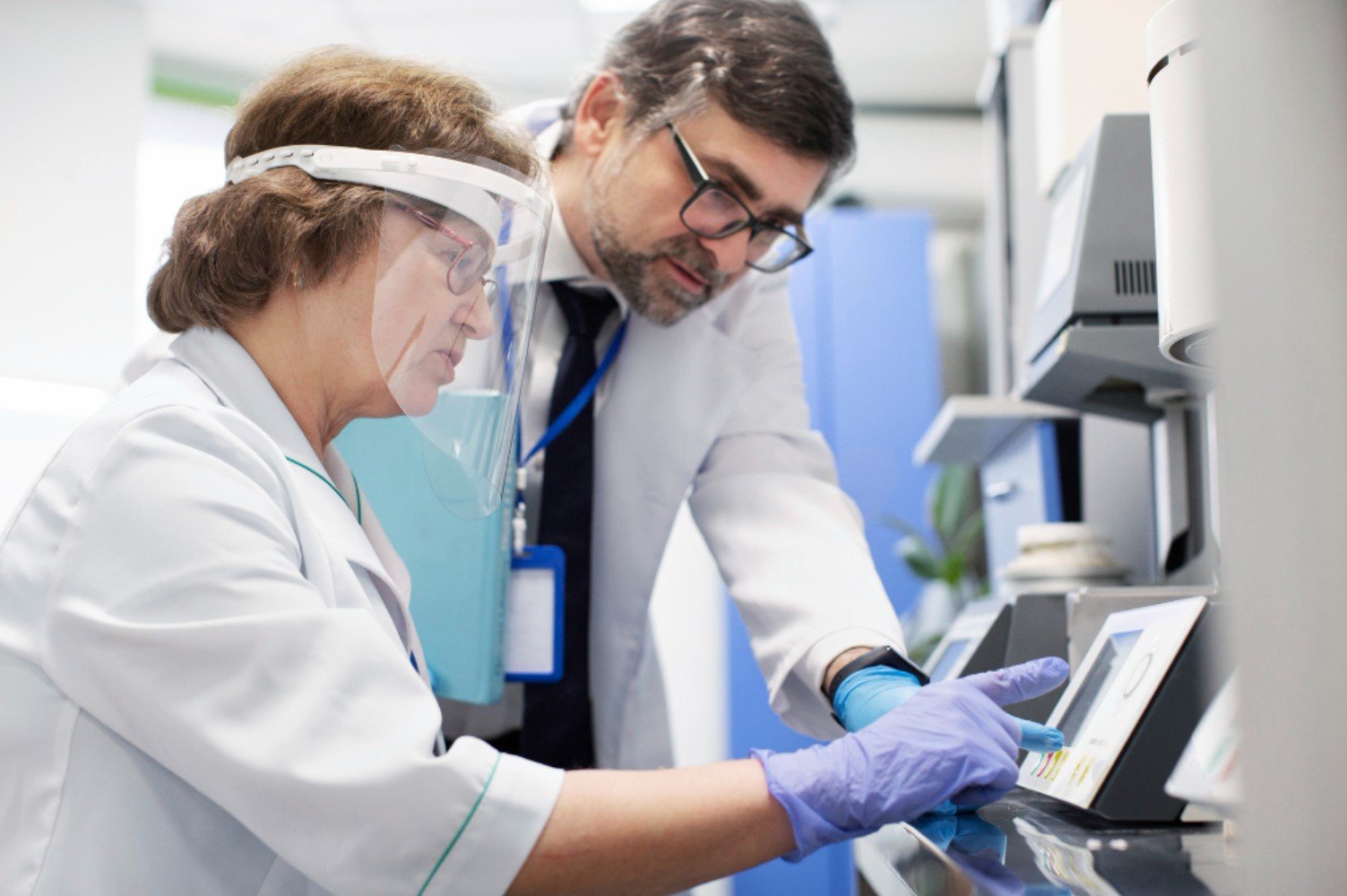
PFAS, short for per- and polyfluoroalkyl substances, are a group of manufactured chemicals that are found in numerous consumer products because they are water- and grease-resistant.
Known as “forever chemicals” because they don’t break down in the environment, PFAS have been linked to a range of health issues, including cancer, reduced immune system function, and developmental problems in children (via EHN).
The Shocking Findings

In a groundbreaking study, Mamavation, in partnership with EHN, revealed that 26 out of 40 tested bandages contained detectable levels of organic fluorine. This study, conducted by a U.S. Environmental Protection Agency-certified lab, highlights a troubling oversight in product safety standards for items as universally used as bandages.
The findings suggest that millions could be unknowingly exposed to PFAS through their use of everyday bandages.
Higher Risk for Skin Tone Bandages

An unsettling aspect of the study was the discovery that bandages designed for Black and brown skin tones were more likely to contain PFAS. Ten out of 16 such bandages tested showed indications of these harmful chemicals.
This discrepancy shows the need for equitable safety standards across all consumer products, ensuring that no group is disproportionately affected by harmful chemical exposures.
Experts Weigh In on the Dangers

Speaking with Mamavation, Dr. Linda S. Birnbaum, a scientist and former director of the National Institute of Environmental Health Sciences, voiced her concern, stating, “Because bandages are placed upon open wounds, it’s troubling to learn that they may be also exposing children and adults to PFAS.”
This sentiment reflects the gravity of the situation, as the potential for PFAS to enter the bloodstream through an open wound could carry significant health risks.
Why Are PFAS in Bandages?
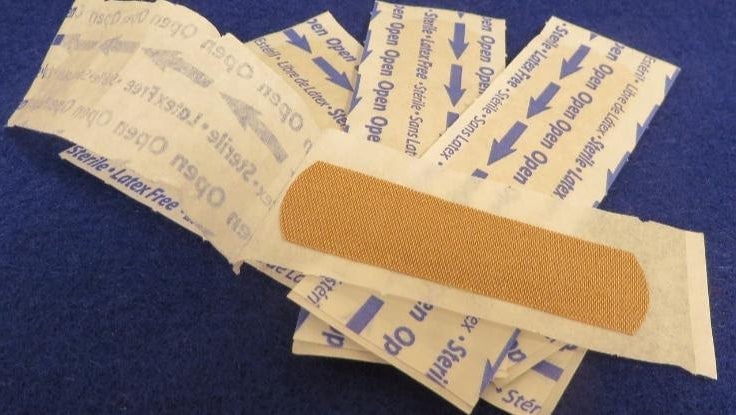
The reasons behind the inclusion of PFAS in bandages are not entirely clear. However, their presence in adhesives could be a clue. PFAS provides water and grease resistance, which are qualities desirable in adhesives used in bandages.
Yet, the health implications of their use in products intended for healing minor wounds cannot be overlooked. As Dr. Birnbaum notes, “It’s obvious from the data that PFAS are not needed for wound care,” prompting a call for the industry to seek safer alternatives.
The Brands Under Scrutiny
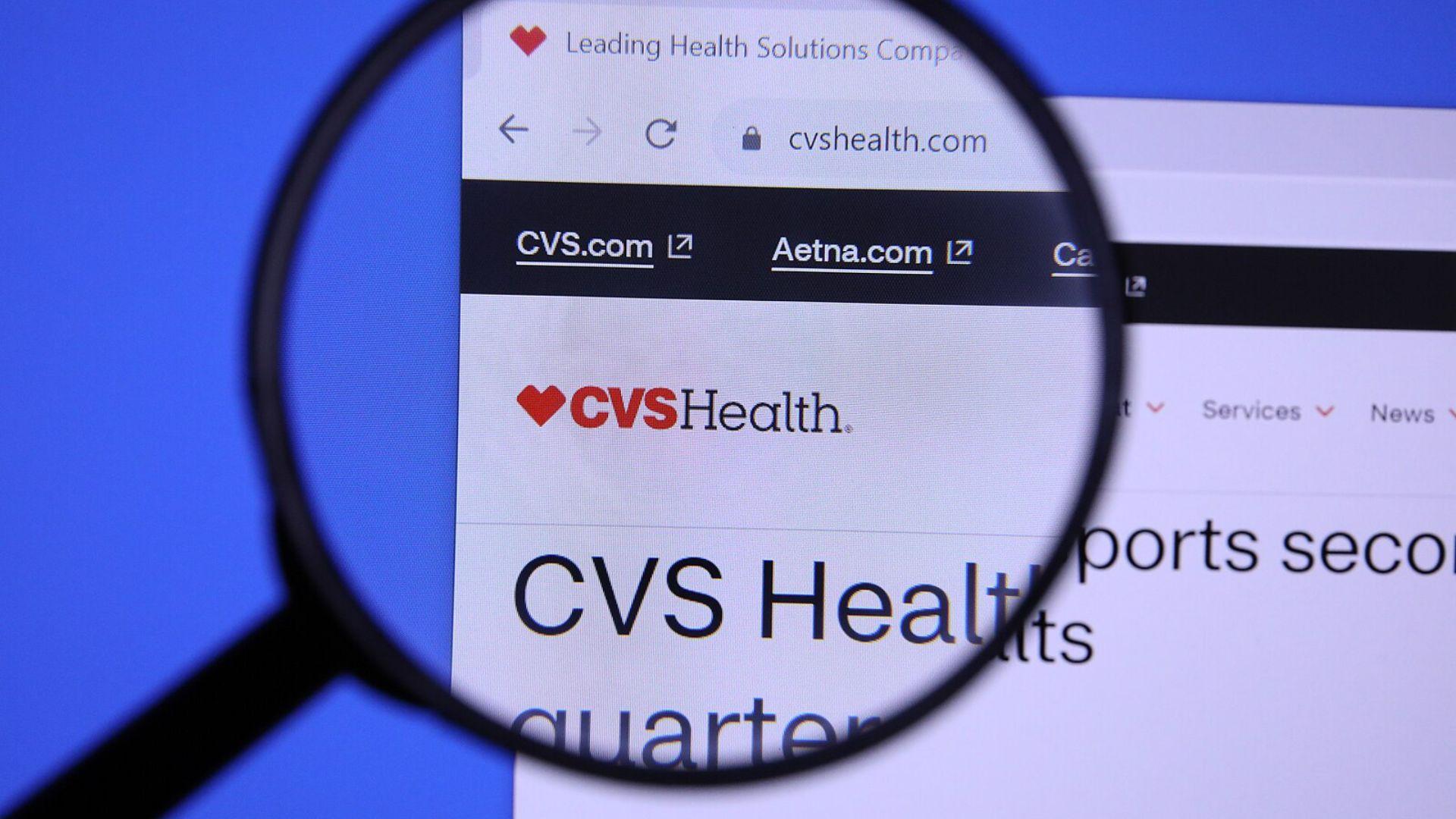
The investigation named several popular brands, including Band-Aid, CVS Health, and Equate, as containing high levels of organic fluorine.
These findings have put these household names under the microscope, as consumers begin to question the safety of products they have trusted for years.
The PFAS-Free Alternatives
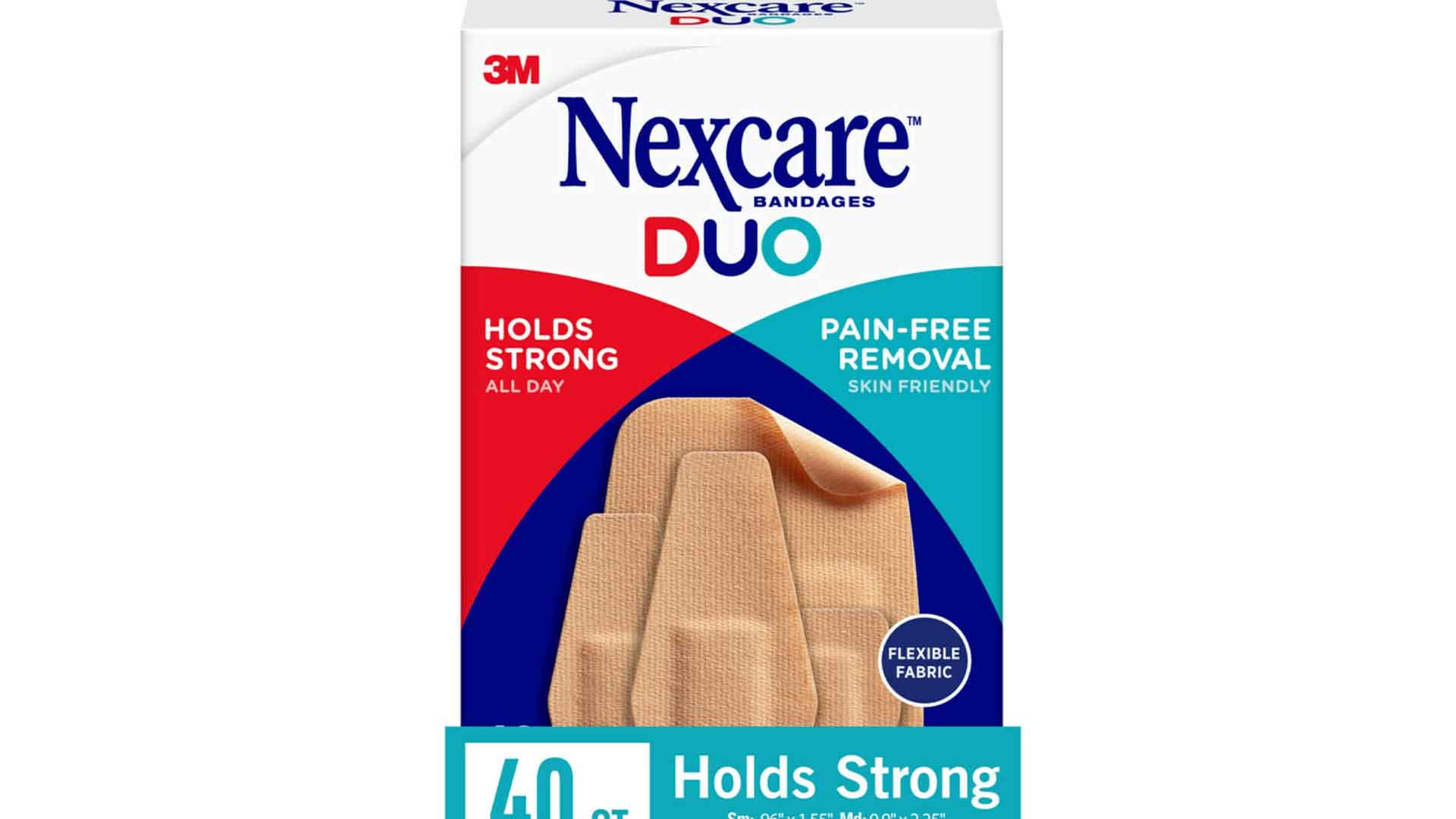
Despite the concerning findings, there is a silver lining. The study identified bandages from brands like 3M and Tru Colour as being free of organic fluorine and other harmful compounds.
This offers consumers a choice for safer wound care options and pressures other companies to reconsider the formulation of their products. The availability of PFAS-free alternatives is a step in the right direction toward safer consumer products.
The Industry’s Response

In response to growing concerns over the presence of PFAS in consumer products, companies like 3M have announced plans to phase out all PFAS from their products by the end of 2025.
This commitment reflects a growing industry awareness of the need for safer product formulations. As more companies follow suit, it could mark a significant shift toward eliminating these toxic chemicals from everyday items.
The Bigger Picture: PFAS Beyond Bandages
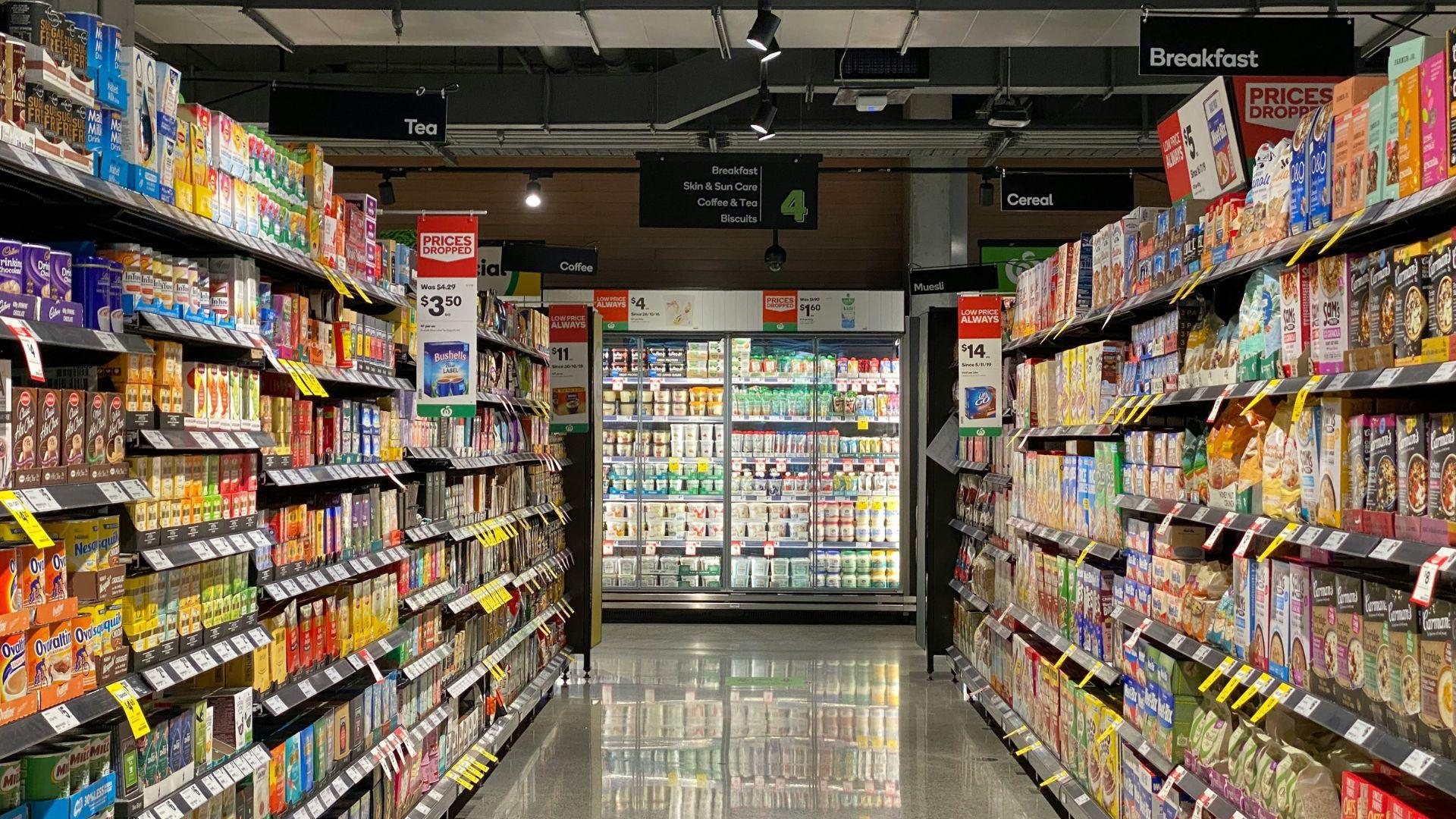
The discovery of PFAS in bandages is part of a larger issue. Mamavation and EHN.org have previously found PFAS in various consumer products, from dental floss to fast food packaging.
This widespread contamination highlights the pervasiveness of PFAS in our daily lives and the urgent need for comprehensive actions to address their presence in consumer products.
How to Protect Yourself and Your Family

Consumers can take steps to minimize their exposure to PFAS. Practical measures include staying informed about which products contain these chemicals and choosing PFAS-free alternatives whenever possible.
Reading labels, supporting companies that prioritize safety, and advocating for stricter regulations on harmful chemicals are ways to protect your health and the environment.
A Call to Action for Safer Products
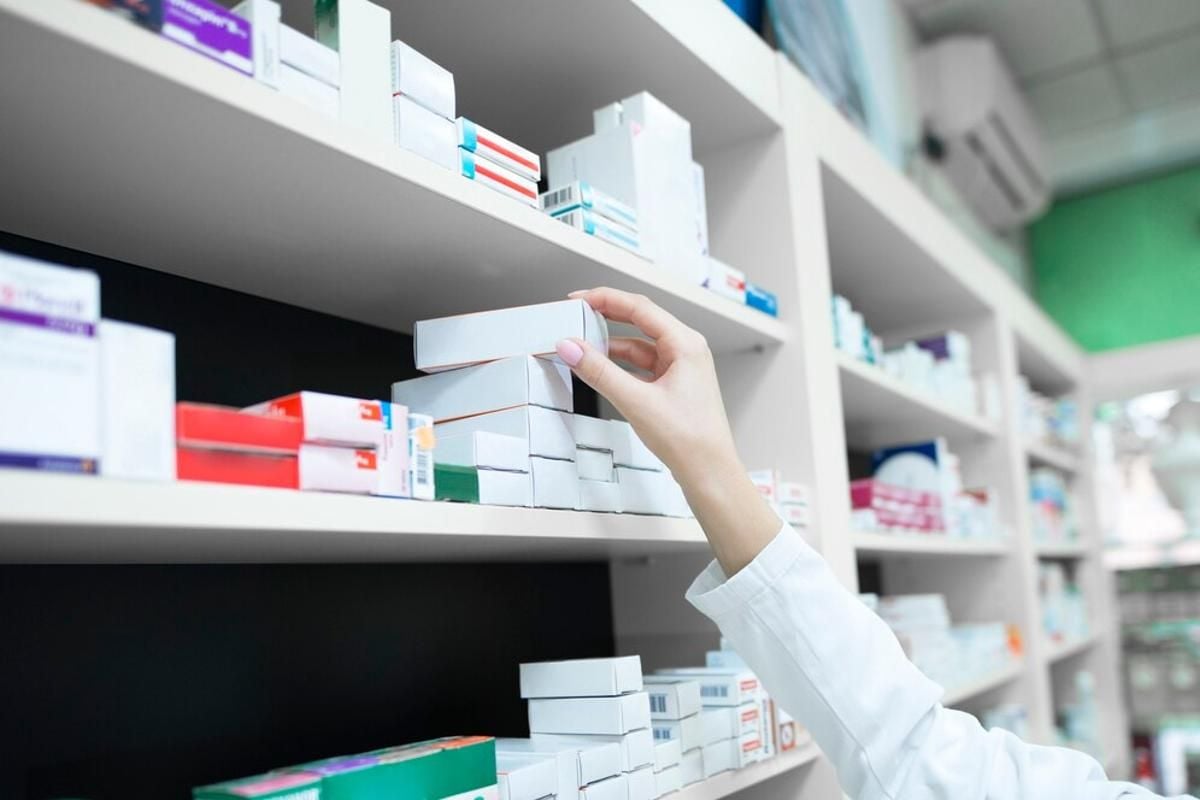
The findings on PFAS in bandages serve as a wake-up call for both consumers and the industry. It’s clear that more rigorous testing and regulation are needed to ensure the safety of everyday products.
By demanding transparency and supporting companies that remove harmful chemicals from their products, consumers can drive change toward healthier, safer options for all.








































